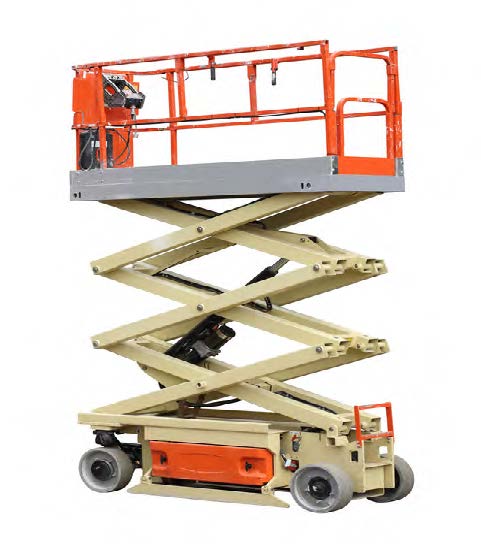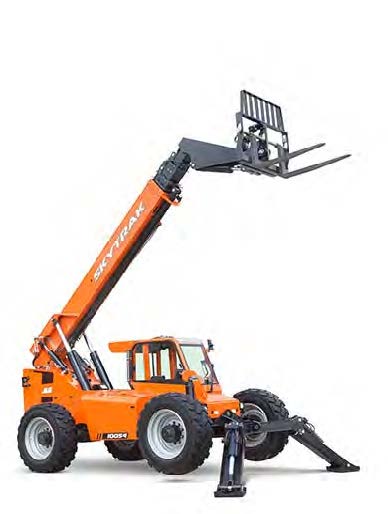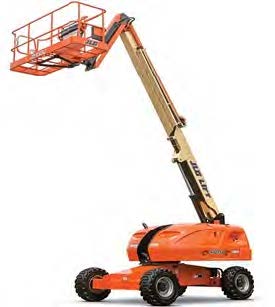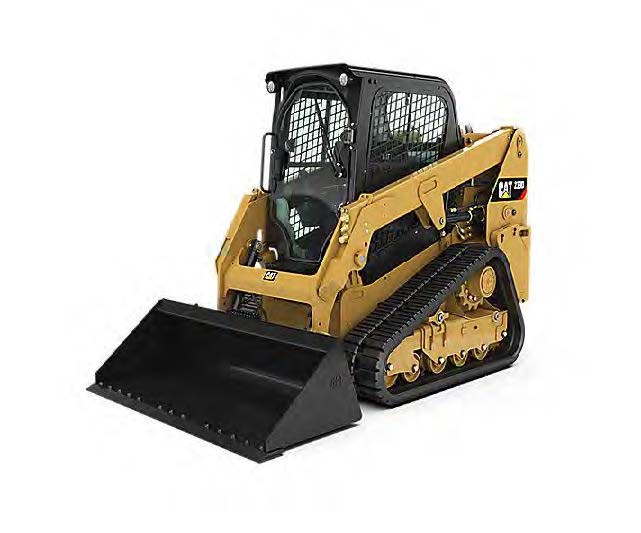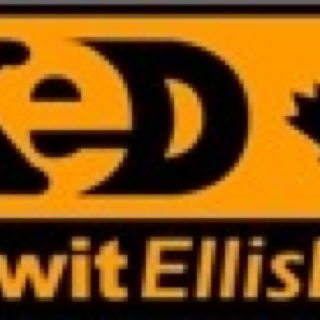Title Page
-
EXCAVATION PRE-DIG INSPECTION
-
Job #
-
Date of Inspection:
-
Weather - Select all that apply
-
Superintendent (s):
-
Competent Person:
-
Prepared by
Items for Inspection
GENERAL SITE CONDTIONS
-
A pre-task plan must be completed and reviewed with supervision prior to start of work
-
Soft dig required for all existing utilities
-
Excavation, adjacent areas, and protective systems inspected by the competent person daily prior to start of work and as conditions change.
-
Competent person has the authority to remove employees from the excavation immediately and stop work.
-
Employees protected from loose rock/soil that could pose a hazard by falling or rolling into the excavation.
-
Spoils, materials, and equipment set back as least 2’ from the edge of the excavation.
-
Barriers provided at all remotely located excavations, wells, pits, shafts, etc.
-
Walkways and bridges over excavations 6’ or greater in depth are equipped with standard guardrails and toeboards.
-
Warning vests or other highly visible clothing provided and worn by all employees exposed to vehicular traffic.
-
Employees are required to stand away from vehicles/equipment being loaded or unloaded.
-
Employees are prohibited from going or working under suspended loads.
-
Employees are prohibited from working on the faces of sloped or benched excavations above others.
-
Walkways or bridges with standard guardrails are provided where personnel or equipment are required or permitted to cross over any exaction 6 feet or more in depth.
-
Fall protection provisions are implemented where workers are expected to work within 6’ of an excavation that is 6 feet or more in depth.
UTILITIES
-
Utility company or private locator service contacted and/or utilities located.
-
Locations of utilities marked and markings maintained visible for duration of work.
-
Underground installations protected, supported or removed when excavation is open.
MEANS OF ACCESS AND EGRESS
-
Unobstructed lateral travel to access point no greater than 25’ in excavations and 4’ in depth.
-
Ladders used in excavations secured and extended 3’ above the edge of the trench.
-
Structural ramps used by employees designed by a competent person.
-
Ramps constructed of materials of uniform thickness, cleated together on the bottom and equipped with a no-slip surface.
-
Employees are protected from cave-ins when entering or exiting excavations.
-
WET CONDITIONS
-
Precautions taken to protect employees from the accumulation of water.
-
Water removal equipment and conditions monitored by the competent person.
-
Surface water or runoff diverted or controlled to prevent accumulation in the excavation.
-
Inspections made after any adverse weather event or other hazard increasing occurrence.
PROTECTIVE AND SUPPORT SYSTEMS
-
Materials and/or equipment for support systems selected based on soil analysis, depth, width and expected loads.
-
Materials and equipment used for protective systems inspected and in good condition.
-
Materials and equipment not in good condition have been tagged and removed from service.
-
Protective systems installed without exposing employees to the hazards of cave-ins, collapse or threat of being struck by materials or equipment.
-
Members of support system securely fastened to prevent failure.
-
Support systems provided to ensure stability of adjacent structures, buildings, roadways, sidewalks, walls, etc.
-
Backfilling progresses with removal of the support system.
-
Excavate material to a level no greater than 2’ below the bottom of the support system and only if the system is designed to support the loads calculated for the full depth.








